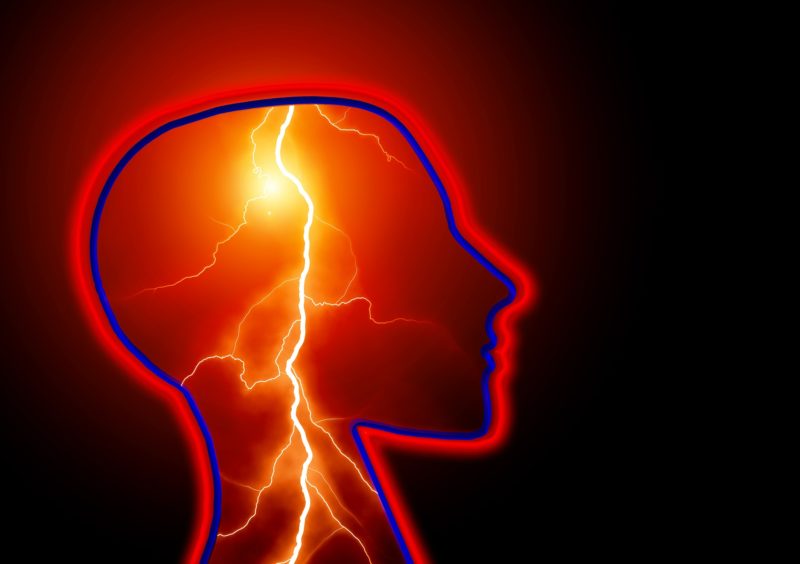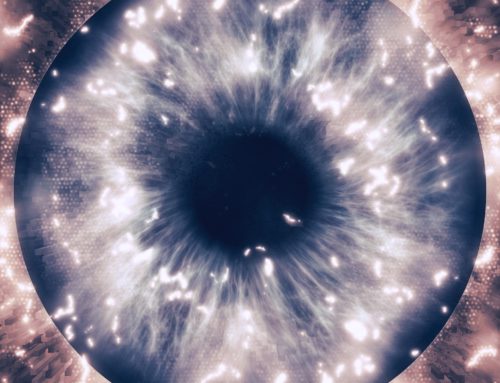A common question people often have is what is the difference between a headache and a migraine. Even if you think you have migraines, you may not be sure exactly what separates a typical headache from a migraine.
What Is the Main Difference Between a Headache and a Migraine?
Before answering the specific question of what is the difference between a headache and a migraine, it’s useful to have an overview of what a migraine is in general. The following are some of the key things to know about a migraine:
- Migraines cause very intense and severe throbbing feelings in one part of the head
- Often other symptoms will come with a migraine including light and sound sensitivity and nausea and vomiting
- Migraine attacks can last anywhere from 4 hours to several days
- Some people have migraines several times in a month and for other people attacks can occur less often
So, why is it important to distinguish between a headache and a migraine?
First, it may be important to find out if underlying health conditions are causing the headaches. Also if you can determine whether a headache is just that or is a migraine, you can work with your doctor to identify the most effective treatment options.
What Is a Headache?
A headache is a general term that refers to any situation where you have pain or pressure in your head. Headaches can be mild to severe, and for most people, a headache will occur on both sides of the head. A headache might last for a few minutes or as long as a week.
Types of Headaches
One of the most common types of headache is a tension headache. Tension headaches can occur as a result of anxiety, stress and physical tension and muscle strain.
Other types of headaches people commonly experience are:
- Cluster Headaches: These are typically very painful. People who struggle with cluster headaches will usually experience them on one side of the head. The name comes from the fact that people with these headaches experience cycles of attacks, and then that will be followed by a period where they don’t have any headaches.
- Thunderclap Headaches: This is a fairly rare and often scary type of headache that occurs suddenly. These severe headaches develop in a minute or less, and sometimes they can indicate a serious underlying health condition such as subarachnoid hemorrhage or an aneurysm.
- Sinus Headaches: As the name indicates, sinus headaches are the result of sinus infections. These headaches are commonly confused with migraines. They tend to occur with other sinus-related symptoms such as fever, congestion, and pressure in the face.
What Is A Migraine?
So, now what is the difference between a headache and a migraine? As was touched on one of the big differences between a headache and a migraine is the fact that migraines tend to have other symptoms that occur along with the pain in the head.
Nausea and vomiting are two of the most commonly experienced symptoms that come with migraines. Other symptoms of migraines can include:
- Pain in the temples
- Seeing spots or flashing lights
- Being sensitive to sound or light
- Temporary loss of vision
- Pain behind a single eye or ear
Migraines usually only affect one side of the head and migraines interfere with functionality more than most headaches. With a headache, you may still be able to go about your daily tasks with minimal interruption although you may not feel great. When someone has a migraine, they may have to miss school or work, and they may not be able to participate in other activities. Often when someone has a migraine, the only thing they can do is lie in a dark room until it goes away.
Types of Migraines
Just as there are different types of headaches, there are also different types of migraines.
There are two broad types of migraines which are migraine with aura and migraine without aura. An aura is a visual sensation some people experience before they get a migraine.
What is An Aura?
While not everyone gets migraines with aura, it can be a scary experience for people who do have these migraines. An aura is a sensation that will usually come on anywhere from 10 to 30 minutes before someone actually gets a migraine attack.
An aura can cause different symptoms such as:
- Problems thinking or feeling mentally foggy
- Seeing flashing lights or lines
- Tingling or numbness in the face or hands
- Disturbances to senses including smell, taste and touch
There is also something called the prodrome phase that some people get before they get a headache. It’s different from an aura and it can occur anywhere from one to two days before a migraine attack.
The prodrome phase can include symptoms like irritability, food cravings, neck stiffness and depression.
Treating Headaches vs. Migraines
As was touched on, there are significant differences in treating headaches vs. migraines. For headaches, most will go away on their own or with the use of over-the-counter medications. Acetaminophen, aspirin and ibuprofen are all OTC medicines that tend to work well for headaches.
Many headaches are brought on by stress, so lifestyle changes and learning relaxation techniques can also help.
Treating migraines can be more complex. Once a migraine attack has occurred, it can be difficult to treat, so the focus is often on prevention.
Steps for preventing migraine attacks can include:
- Dietary changes to cut out potential triggers
- Using preventative prescription medications
- Reducing stress
Some of the medications that might be used for migraines include anti-nausea medications, prescription pain relievers, and a class of drugs called triptans.
If you believe you could suffer from migraines as opposed to headaches, consider keeping a headache diary. Headache diaries can help you start looking for patterns that could indicate whether or not you have migraines and if so, what your triggers might be. If you visit a neurologist, he or she will likely want to learn more about your lifestyle to make a diagnosis and treatment plan. A headache diary can be very helpful for that.



Leave A Comment